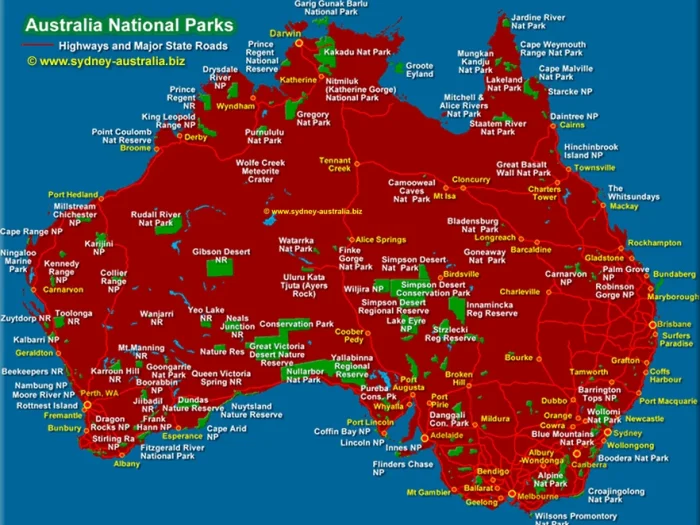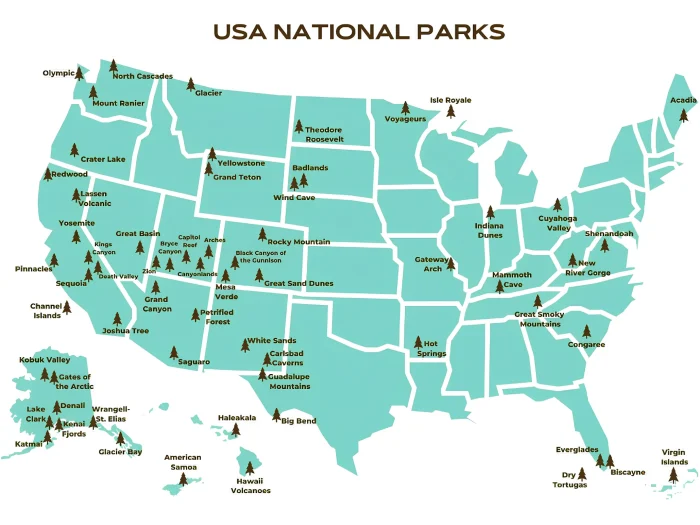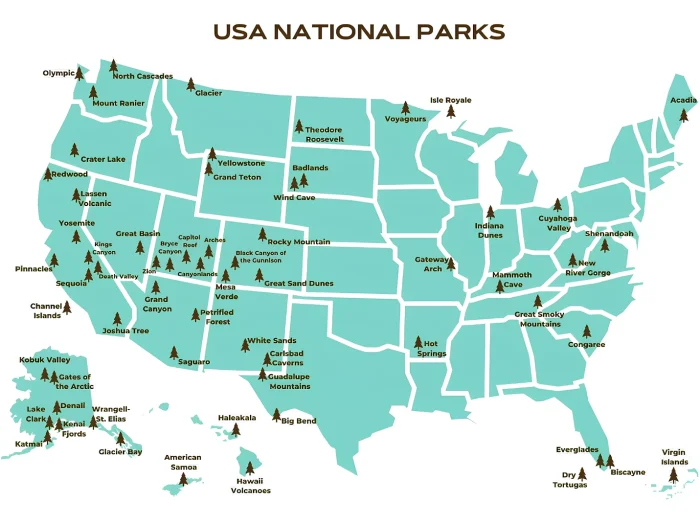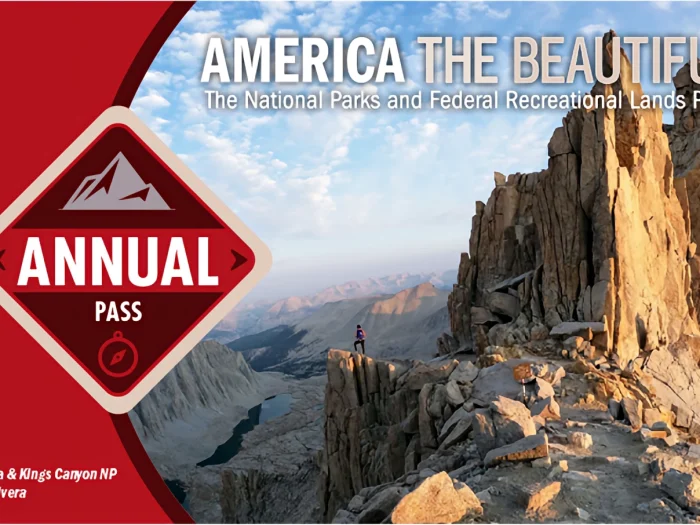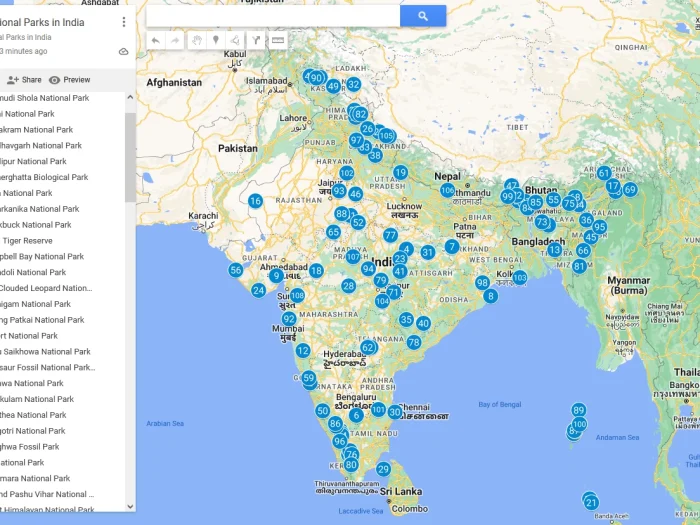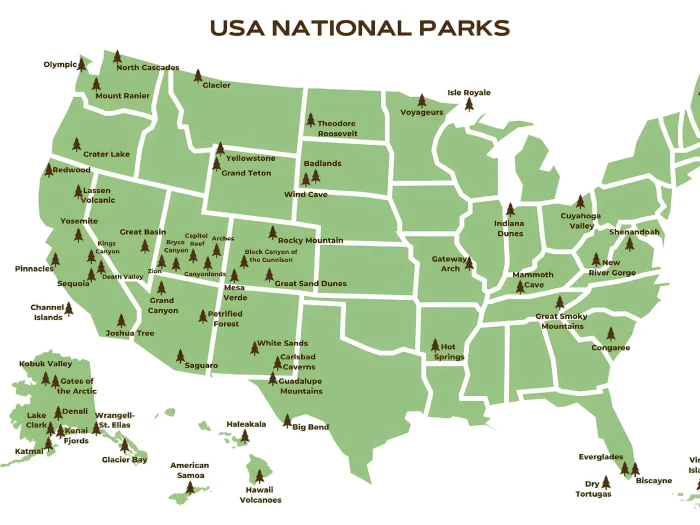How to Plan a National Park Vacation on a Budget
Are you dreaming of exploring the breathtaking landscapes of America’s national parks while staying within your budget? You’re not alone. With smart planning and insider tips, you can experience nature’s wonders without breaking the bank.
This comprehensive guide will walk you through every aspect of planning an affordable national park vacation, from choosing the right park to maximizing your savings on accommodations, transportation, and activities.
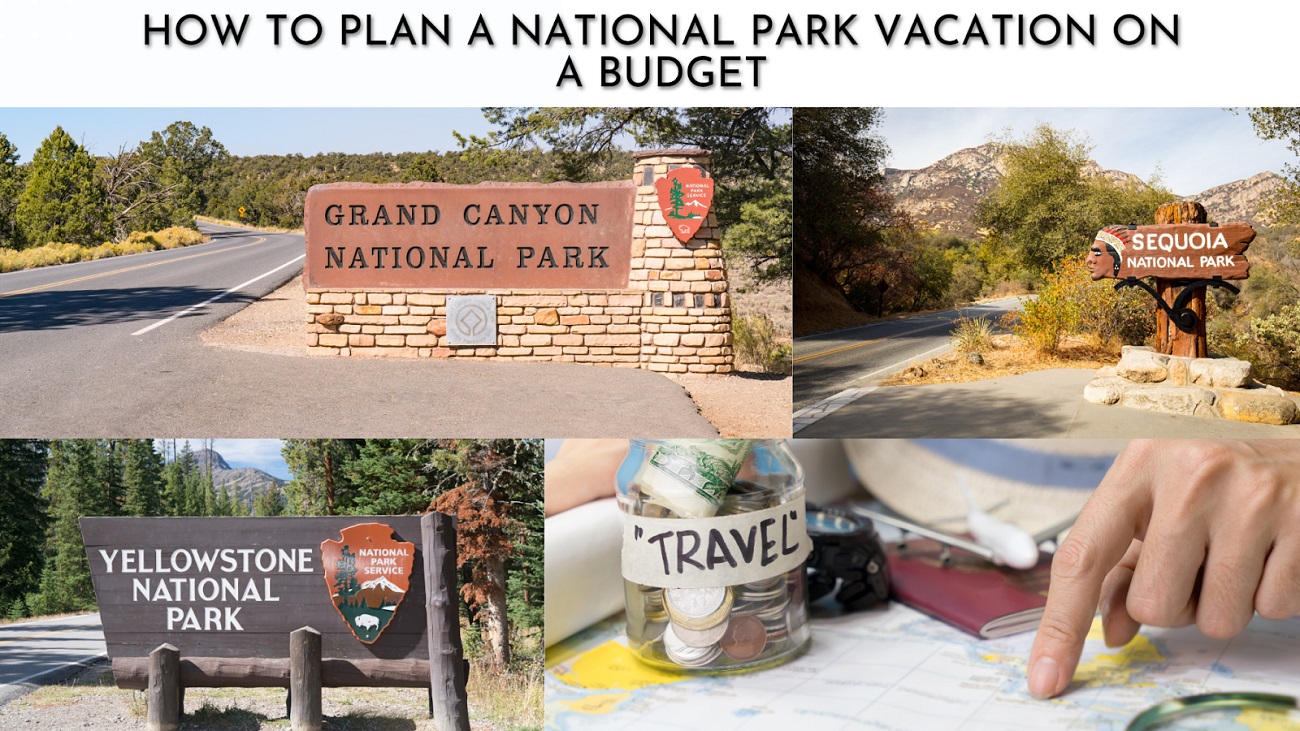
1. Choose the Right National Park
The first step in planning your budget-friendly national park adventure is selecting the right destination. While iconic parks like Yellowstone and Yosemite are undoubtedly spectacular, they often come with higher prices due to their popularity.
Consider Less Popular Parks
Did you know that 67% of national parks have free or discounted entry fees? By opting for less-visited parks, you can enjoy stunning natural beauty at a fraction of the cost. For example:
Guadalupe Mountains National Park in Texas offers rugged wilderness and the highest peak in the state.
Congaree National Park in South Carolina boasts pristine old-growth bottomland hardwood forest.
These hidden gems provide incredible experiences without the crowds or inflated prices of more famous parks. Then, look for free entry days. On certain days, national parks offer fee-free entry, allowing access to all 423 parks without charge. Planning your trip around these dates can lead to significant savings, especially for families or large groups.
2. Activities on a Budget
While choosing a National Park to visit during your vacation, look for parks that offer free and low-cost activities that can help you enjoy your visit without spending much. You can explore numerous hiking trails, boating, engage in wildlife viewing, participate in ranger-led programs, and visit exhibits at the visitor centers that might be available inside the park or that are available on the way.
Explore boat rentals near me to enjoy some water adventures at a lower cost. These options make national parks visits enjoyable for everyone, regardless of budget constraints.
If you are an avid boating enthusiast, you can take a boat service at Everglades National Park in Florida, where they offer guided boat tours. Alternatively, plan a visit to a national park near a river or beach that allows boating..
3. Timing Your Visit
Choosing the right time to visit can have a major impact on your budget. Planning your vacation during the off-season can save you up to half the lodging costs. Not only will you find better rates, but you’ll also enjoy other benefits like fewer crowds, for those who would like to enjoy your vacation in peace.
Another benefit is that an off-season vacation allows you to enjoy unique seasonal beauty like fall foliage or spring wildflowers.
As mentioned earlier, the National Park Service offers fee-free days throughout the year. Mark these dates on your calendar:
- Martin Luther King Jr. Day (January)
- First day of National Park Week (April)
- Anniversary of the Great American Outdoors Act (August)
- National Public Lands Day (September)
- Veterans Day (November)
4. Accommodation Options
Where you stay can significantly impact your vacation budget. Let’s explore some affordable options: Camping inside the park is often the cheapest way to stay, with costs ranging from $15 to $60 per night on average.
While camping, you can enjoy an immersive nature experience, access to park amenities, and possible wildlife sightings.
Staying in budget hotels or Airbnbs near the park can be 30-50% cheaper than on-site lodging. You can also look for options in nearby towns or cities for the best deals.
If you are an adventure freak, then look for free dispersed camping which is available on Bureau of Land Management (BLM) and US Forest Service lands near many national parks. While this option requires more preparation, it can significantly reduce your accommodation costs.
5. Transportation Tips
While planning a vacation, the cost incurred for travel eats most of the budget. When you plan ahead, and the connecting transport to get and around the park efficiently, it can lead to substantial savings.
Driving to national parks can save you hundreds compared to flying and renting a car.
Additional benefits include the flexibility to explore at your own pace, the ability to bring more supplies and equipment, and the potential for scenic road trip experiences.
Many parks offer shuttle services or have nearby public transportation options. Utilizing these services can help you reduce parking fees, avoid traffic congestion, and lower your environmental impact.
Entering national parks on foot or by bicycle is often free or significantly discounted. This option is not only budget-friendly but also promotes a healthier, more eco-conscious visit.
6. Meal Planning
Food costs can quickly add up during a vacation. Here are some strategies to keep your meal expenses in check:
- Bringing your own groceries can save you a substantial amount compared to dining at park restaurants.
- Pack non-perishable snacks for hikes, easy-to-prepare meals for camping, and a cooler for fresh items.
- Take advantage of scenic picnic areas within the parks, allowing you to enjoy breathtaking views while saving money on meals.
If camping, invest in basic cooking equipment like a portable stove, enabling you to prepare hot meals at a fraction of the cost of restaurant dining.
Bringing your own food cuts costs and provides the comfort of home-cooked meals without relying on packaged foods.
7. Maximizing Savings
You can make your vacation more budget-friendly with these strategies. Plan and travel with friends or family to share the costs of accommodation, transportation, and camping gear, making the trip more affordable. Debit cards are a helpful tool for managing expenses, as they let you spend only what’s in your account, helping you avoid debt or interest charges. Ever wonder how debit cards work? They pull funds directly from your bank account, making them perfect for paying park fees, lodging, and supplies while staying on budget.
Additionally, many parks offer eco-volunteering programs that can earn you free entry or even accommodation, allowing you to give back while enjoying the park. Take advantage of membership discounts from different organizations, veterans associations, and environmental groups to reduce expenses even further. By combining these tactics, you can significantly cut costs and enjoy a memorable national park vacation without overspending.
8. Plan and Map Your Trip
Efficient planning can help you make the most of your budget. Utilize free digital tools such as Google Maps for route planning, National Park Service apps for park information, and hiking apps for trail maps. Create a detailed itinerary to maximize your time, avoid unexpected expenses, and ensure you don’t miss key attractions. This proactive approach will help you enjoy a well-organized and cost-effective national park vacation.
Conclusion
Planning a national park vacation on a budget is possible and can lead to a more authentic and rewarding experience. By choosing less-visited parks, timing your visit strategically, and being mindful of accommodation and transportation costs, you can significantly reduce your expenses. Combine these strategies with smart meal planning, budget-friendly activities, and savvy gear choices to ensure an unforgettable adventure that doesn’t break the bank.
Remember, the beauty of national parks lies in their natural wonders, which are free for all to enjoy. With careful planning and a spirit of adventure, you can create lasting memories without overspending.
FAQs
1. What is the least expensive national park to visit?
The least expensive national park to visit is typically Great Smoky Mountains National Park, which does not charge an entrance fee. This park offers a variety of free activities such as hiking, wildlife viewing, and scenic drives, making it an excellent budget-friendly option.
2. How much does it cost to see all of the national parks?
To see all the national parks, you can purchase the “America the Beautiful” annual pass for $80, which grants unlimited access to over 2,000 federal recreation sites, including all national parks, for one year. This pass covers entrance fees for the pass holder and accompanying passengers in a single, non-commercial vehicle.
3. What months are best to visit national parks?
The best months to visit national parks are generally during the shoulder seasons of spring (April to June) and fall (September to November). During these times, you can enjoy milder weather, fewer crowds, and more affordable lodging and travel rates. However, the ideal time can vary depending on the specific park and its climate.

